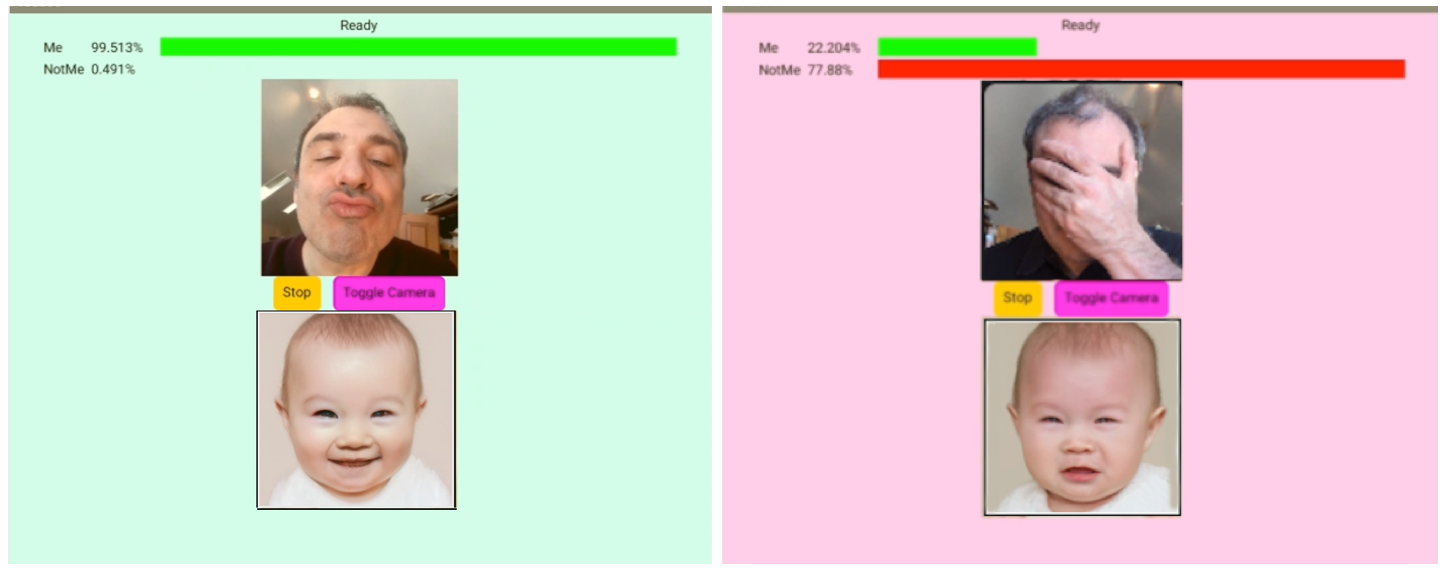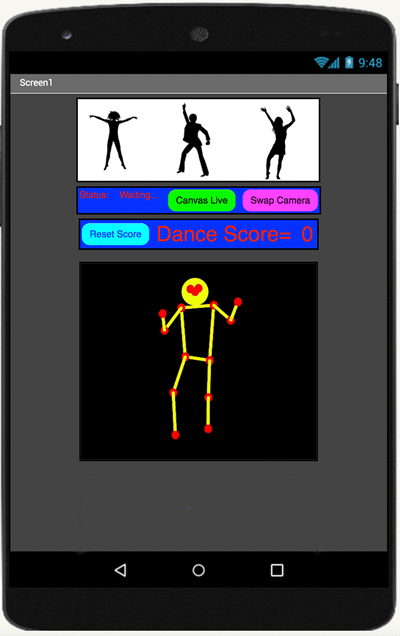The Creative Destruction of Artificial Intelligence
Mark Friedman is a co-founder of the App Inventor project and a board member of the App Inventor Foundation. In September 2022, he represented App Inventor at the International Government Communication Forum (IGCF) in Sharjah, UAE, where he spoke on a panel titled "Creative Destruction…What Did the World Gain?" This article summarizes his discussion about the creative and destructive forces of A.I. and the importance of A.I. education.
A.I. is eating software
In 2011, Marc Andreessen coined the phrase “software is eating the world,” meaning that it is being integrated into so many aspects of our lives. It is now safe to say that A.I. is eating software, as it is increasingly powering—and in some cases creating—the software we use. This is one way in which I see A.I. as a “creatively destructive” force.
“It is now safe to say that A.I. is eating software, as it is increasingly powering—and in some cases creating—the software we use.”
Another way to parse “creative destruction” is to think about the effect of A.I. on the creative process. The last few years have seen the emergence of a class of A.I. technology that can produce works normally derived from human creativity. One of the most dramatic examples is DALL-E from OpenAI: you can describe an image in words, and DALL-E will generate that image for you. For example, if you input “A painting of a fox sitting in a field at sunrise in the style of Claude Monet,” DALL-E will create the following image:
Sample image generated by DALL-E.
Another class of A.I. technologies called Large Language Models are causing similar disruption in the fields of writing and coding. The latest example is ChatGPT, also from OpenAI, which has garnered a lot of attention lately for its ability to synthesize human-like text and conversations. As an example, I asked ChatGPT to write a poem about itself, and this is what it came up with:
I'm ChatGPT, a model trained,
A language expert, well-attained.
With data vast and knowledge wide,
I'm here to be your trusted guide.My circuits hum with every thought,
As I help users, as I ought.
I'm programmed to assist and aid,
With every problem, every grade.My algorithms are sharp and fast,
I'm always ready, steadfast.
So if you need an answer true,
Just ask me, I'm here for you.I may not have a beating heart,
But I'm here to play my part.
To help you learn and grow each day,
And guide you on your chosen way.
In one sense, these A.I. technologies are enabling more people to “create” without the need for specialized skills or experience. But in another sense, they are destroying existing sources of human creativity.
Educating the next generation
One way to ensure that A.I. is used as a force for creation—rather than destruction—is through education. The present-day surge in A.I. technology reminds me of the rise of smartphones over a decade ago, in which I saw an opportunity to transform everyday users into creators for good.
“One way to ensure that A.I. is used as a force for creation—rather than destruction—is through education.”
When smartphones were just being introduced fourteen years ago, my colleague Hal Abelson and I knew that would eventually become ubiquitous. We wanted to empower anyone anywhere to become active creators of the technology, rather than passive consumers. We decided to develop a product called App Inventor that would enable kids without any programming experience to easily build mobile apps. We believed that this would lead to a greater understanding of smartphones and, therefore, more informed decisions about its use. Since then, 15 million people have used App Inventor to develop 68 million apps to serve their communities, from detecting water contamination in Flint, Michigan, to assisting visually impaired students in Los Fresnos, Texas.



We are now seeing a parallel breakthrough in A.I. The App Inventor team is responding the same way we did fourteen years ago—putting A.I. in the hands of kids, educating them from an early age, and empowering them to use A.I. as a creative force for good. We have not only adapted App Inventor to support A.I.-powered mobile apps, but have also created free beginner-level tutorials for A.I. with App Inventor and have plans to develop an extensive K-12 A.I. curriculum. My colleagues at MIT have started a major new initiative for responsible A.I. education. I hope you will join us in preparing the next generation of students to be responsible and engaged creators in an increasingly A.I.-powered world.



